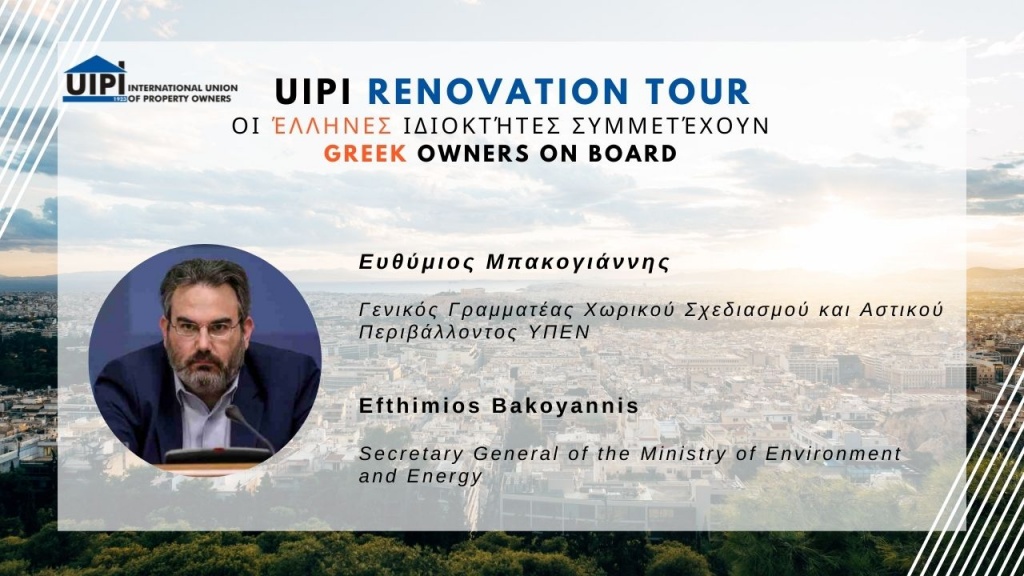The European Commission releases EU Strategy for Energy System Integration
8 July 2020
Brussels, Belgium
On 8 July, the European Commission released its EU Strategy for Energy System Integration, setting out a plan for how to accelerate the transition towards a smarter and more integrated energy system that combines pro-consumer measures while still achieving the goals set out by the Green Deal.
The Strategy is a result of the shortcomings of the current energy system, which is built on several parallel and vertical energy value chains, which all rigidly link specific energy resources with specific end-use sectors. Examples of this includes petroleum products being predominant in the transport sector, whereas coal and natural gas are associated with electricity and heating. The Commission’s end goal is therefore to help the various components of energy networks become more coordinated and operate as a holistic system, across infrastructure, industry and consumers.
The Strategy is composed of three complementary and mutually reinforcing elements:
- A more circular energy system
- Cleaner electricity from renewable sources
- Promotion of renewable and low-carbon-fuels
On top of these three main elements, the Commission envisages to support clean energy and to achieve a climate neutral economy through an increased focus on hydrogen, smart grids and meters, flexibility markets and digitalisation. The Commission also presented a total of 38 actions aimed at implementing reforms, including the revision of existing energy legislation, guidance on phasing out fossil fuel subsidies and a more holistic infrastructure planning.
As concerns property owners, we have identified three key points:
1) First of all, the most Commission aims to launch an ambitious smart grid development policy, which opens for the possibility for consumers who produce their own energy to respond to prices and sell excess amounts back to the grid. This new type of service allows property owners to adjust their consumption and reap the benefits of flexibility provided by the grid.
2) Secondly, the Strategy mentions the possibility of extending the Emissions Trading System to new sectors by June 2021. It does not mention whether the building sector will be one of these sectors.
3) Finally, the Commission aims to promote both district heating systems as well as new technologies such as heat pumps, in order to meet the predicted growth in the heating demand from electricity. Several barriers have been identified, such as high level of taxes applied to electricity and the relatively lower levels of taxation for fossil fuels in the heating sector, which has led to a lack of a level playing field.
We will keep monitoring the Strategy and share any relevant measures and developments with our members. If you would like more extensive information on the topic, we advise you to consult either the Communication itself or this Q&A.



